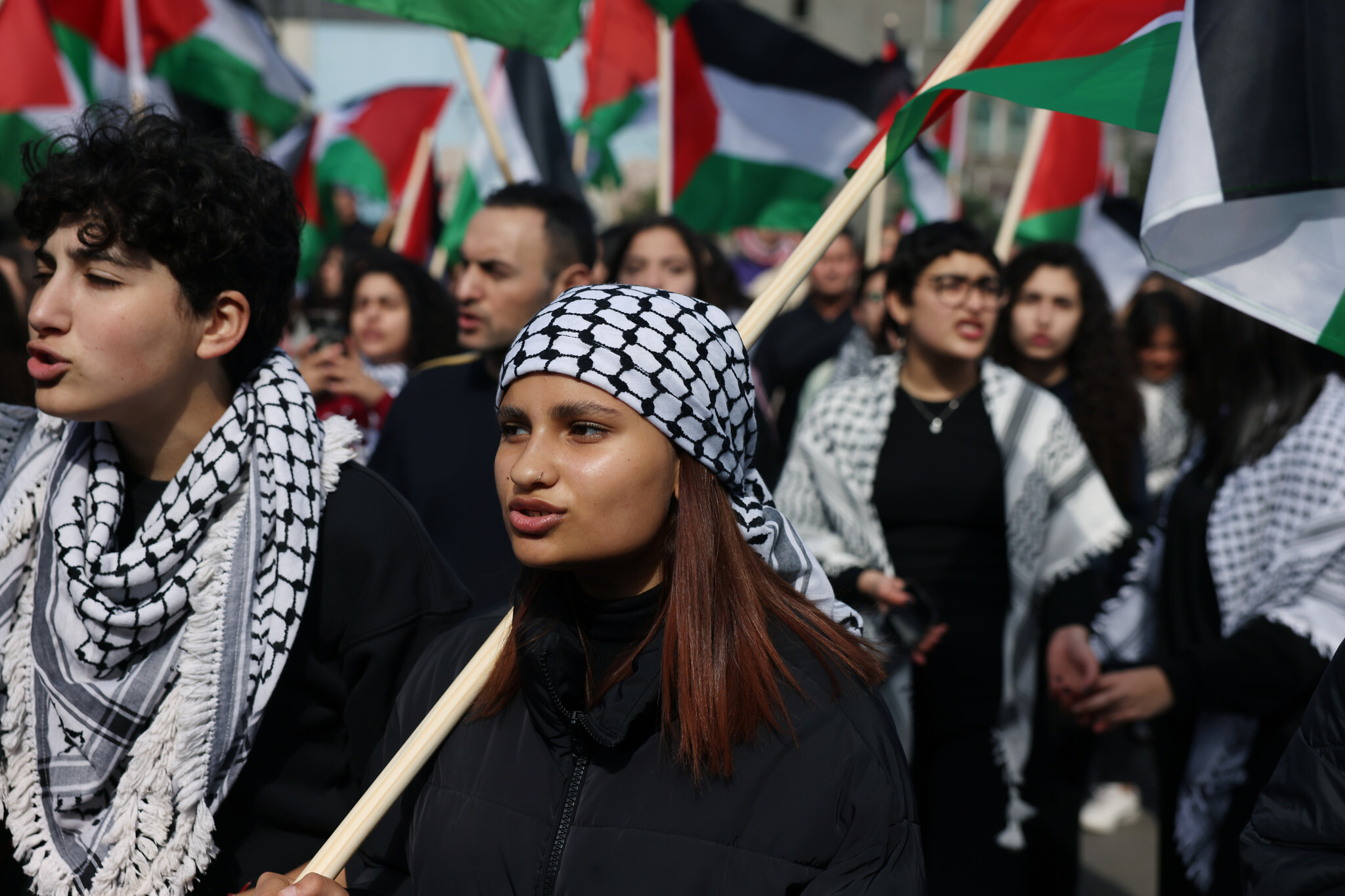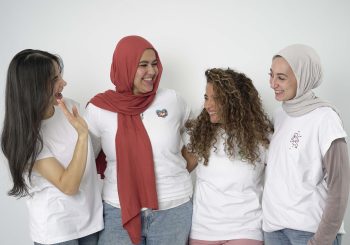One of the most popular symbols of Palestinian resistance over the last decades is the Palestinian keffiyeh (scarf). Although it seems like a mere checkered black-and-white scarf, the Palestinian keffiyeh resembles the epitome of solidarity with the Palestinian cause and its campaign for freedom.
This traditional Palestinian scarf was originally worn by farmers. However, between 1936 and 1939, during the Arab revolt in Palestine, Palestinian resistance fighters wore the keffiyeh over their faces to protect their identity from British soldiers. According to several sources, the Palestinian keffiyeh became linked to the history of the country’s struggle.
Worn by Palestinian men and women, the keffiyeh has multiple patterns, each representing different symbols.
Historically, Palestine was a hub for importing and exporting goods to the entire region, with a long history of merchant travel and cultural exchange. Consequently, the interlocking bold squares reflect trade routes that connected Palestine to other parts of the Middle East, North Africa, and Europe, and the historical significance of trade to the Palestinian economy.
On the other hand, the fishnet pattern represents the fishing traditions of the Palestinian coastal communities. Some like to consider it a metaphor for the sea being an escape from the Israeli occupation.
Lastly, the prominent olive leaves or olive tree pattern shows the importance of agriculture to the Palestinian people, and their deep-rooted struggle to keep their land. It shows their reliance on olives for the economy, and reflects resilience, perseverance, and their enduring connection to the land.
With a special place in every Arab’s heart, decades ago and until today, Arabs and allies to Palestine across the globe choose to wear the keffiyeh to show their support and solidarity for the Palestinian cause.
Subscribe to the Egyptian Streets’ weekly newsletter! Catch up on the latest news, arts & culture headlines, exclusive features and more stories that matter, delivered straight to your inbox by clicking here.







Comments (2)
[…] in the arsenal of Palestinian resistance; for decades, Palestinians have used symbols such as the keffiyeh and pictorials such as Handala to protest, to mourn, and to […]
[…] post What Does the Palestinian ‘Keffiyeh’ Symbolize? first appeared on Egyptian […]